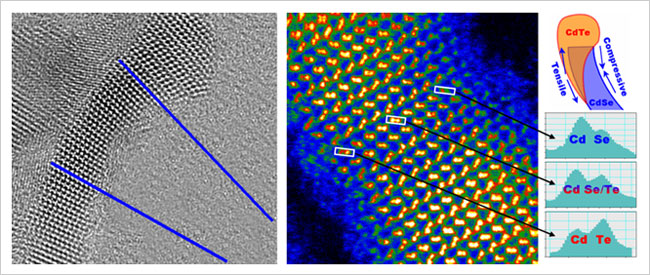Article
The Beckman Institute Graduate Student Seminar Series presents the work of outstanding graduate students working in Beckman research groups. The seminar starts at Noon in Beckman Institute Room 1005 and is open to the public. Lunch will be served.
Audio-frequency optical coherence elastography and applications
Xing Liang
Optical coherence elastography (OCE) is a novel elastography technique that can measure tissue biomechanical properties using mechanical excitations and in vivo optical coherence tomography (OCT). This technique has great potential for detecting mechanical property changes in the tissue microstructure— such as tumor invasion— due to its high resolution, high speed and non-invasive features. However, previous OCE techniques usually took long time for measurements, typically in the scale of minutes, which makes it hard for in vivo applications. We implemented an audio-frequency OCE system based on a piezo stack for mechanical excitation. This technique takes only seconds for elastography measurements, which makes in vivo and 3D applications possible. Results from tissue phantoms and rat tumor tissues will be shown from the OCE system.
Anisotropic strain induced curvature in CdSe/CdTe nanorod heterostructures
Hunter McDaniel

Type II band offset CdSe/CdTe nanorod heterostructures of curved and linear shapes are synthesized and examined with atomic resolution transmission electron microscopy techniques. Strain from growth of larger lattice CdTe partly on the sides of CdSe nanorod seeds is shown to lead to an overall curvature in the rods. Lattice expansion from the inner to the outer portion of the curved region exceeds the expected lattice mismatch between the two materials due to an unusual compressive strain being built up in CdSe. In contrast, exclusive tip growth results in linear barbell shaped heterostructures that do not exhibit strain induced curvature. The ability to vary anisotropic lattice strain should allow control over the underlying electronic structure providing new approaches to directing photogenerated carriers which may facilitate incorporation of nanorod heterostructures in various energy applications.
A DNA motor protein stepping one nucleotide at a time
Jeehae Park

The mechanism of helicase translocation on DNA remains controversial and the translocase activity driving their non-canonical functions such as protein displacement is poorly understood. Here, we used single molecule fluorescence assays to study a prototypical superfamily 1 helicase, Bacillus stearothermophilus PcrA, and discovered a progressive looping of ssDNA that is tightly coupled to PcrA translocation. Variance analysis of hundreds of looping events by a single protein demonstrated that PcrA translocates on ssDNA in uniform steps of 1 nt, reconciling discrepancies in previous structural and biochemical studies. On forked DNA, instead of tracking on the leading strand to unwind the template duplex, PcrA anchored itself to the duplex junction and reeled in the lagging strand using its 3’-5’ translocation activity. PcrA maintained the open conformation during looping-coupled translocation, not the closed conformation observed in crystal structures in complex with 3’-tailed DNA. This activity could rapidly (< 1 min) dismantle a preformed RecA filament even at 1 nM PcrA suggesting that the translocation activity and structure-specific DNA binding are responsible for removal of potentially deleterious recombination intermediates.
Beckman Institute for Advanced Science and Technology